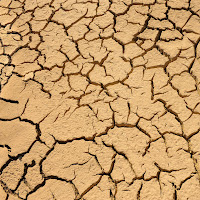Originally I planned to have the environment affect the form, eg. have the sun cause the object to become distorted. However this seems to random so I decided to have drops of liquid alter the form. This seems more deliberate and makes the environment interact with the form a lot more.
Here I changed the glow of the drop to add another element.
Even though the drop above does work well in the environment I think eventually I will remove the solidity of it and just have the glow so it still appears to be drop shaped but is pure light and less intense in the middle.
This demonstrates the drops which are the other colour and how I want the glow to seem less intense in the middle and be simple light, while still holding the shape that I want.








































